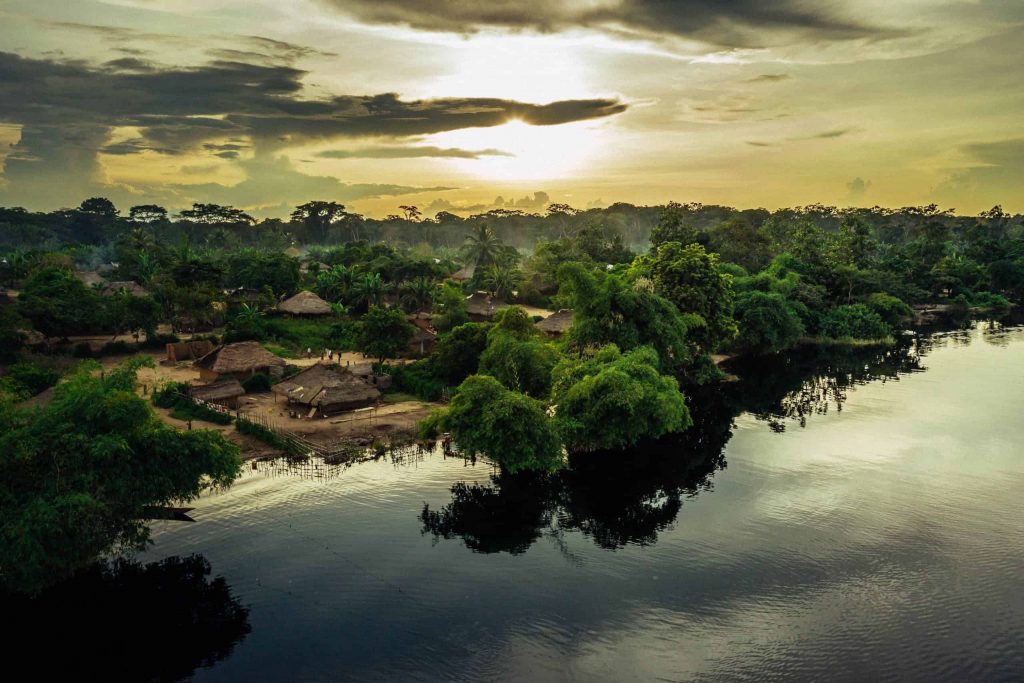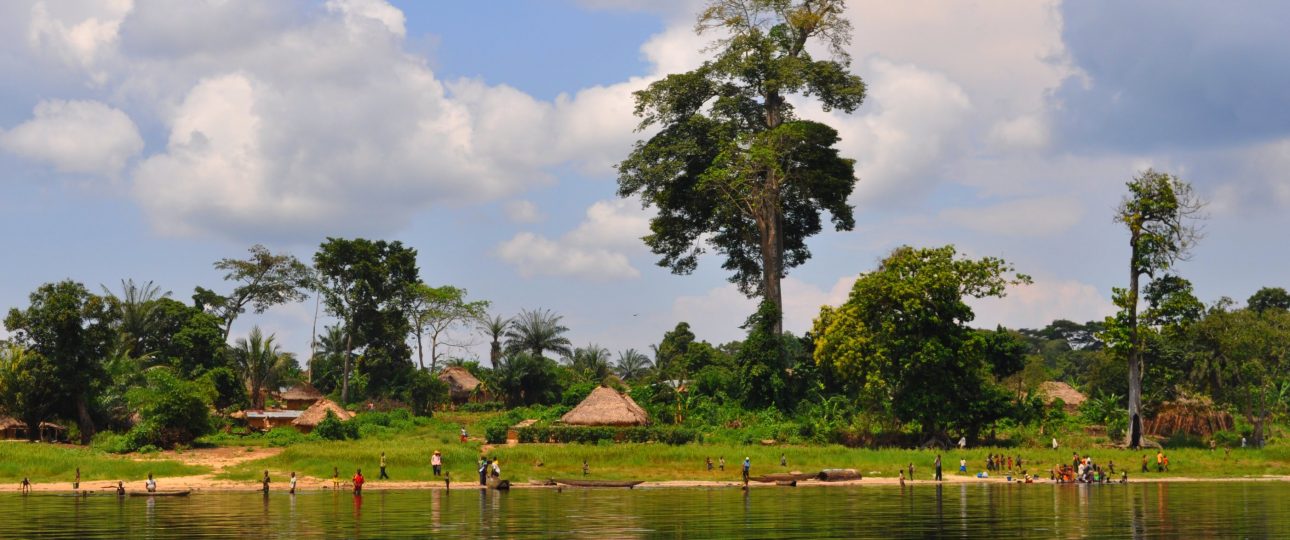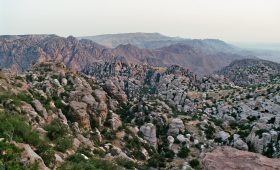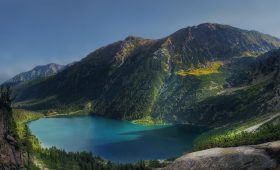Exploring Lake Mai-Ndombe: A Unique Destination in DR Congo
Lake Mai-Ndombe in the Democratic Republic of the Congo offers a distinctive travel experience. Known until 1972 as Lake Leopold II, this lake is a fascinating blend of natural beauty and cultural significance. “Mai-Ndombe” translates to “black water” in Kikongo, reflecting the lake’s unique, humic-rich waters. Join me as I share insights and practical tips from my visit to this remarkable location.
Natural Wonders of Lake Mai-Ndombe
Lake Mai-Ndombe is an expansive body of water, covering approximately 890 square miles. Its size can double or even triple during the rainy season. The lake’s waters are oxygenated and have a pH ranging from 4.2 to 5.5, supporting a rich ecosystem. The surrounding landscape features low, forested shores with dense equatorial rainforest to the north and a mix of forest and savanna to the south.
The biodiversity here is impressive. The lake is home to more than 30 documented fish species, including five endemics like the catfish Amphilius opisthophthalmus and the cichlid Hemichromis cerasogaster. Birdwatchers will find numerous waterbird species, while those interested in mammals might spot otters, marsh mongoose, and the giant otter shrew.
Wildlife and Boat Tours
To truly appreciate the lake’s biodiversity, consider taking a boat tour. These tours offer a chance to see crocodiles and turtles in their natural habitat. The shores are also home to various monkey species, providing ample opportunities for wildlife photography. However, be aware that some boats may not be well-maintained, and safety can be a concern.
Best Time to Visit
The dry season, from May to September, is ideal for visiting Lake Mai-Ndombe. During this period, the weather is more predictable, and wildlife spotting is easier. However, if you’re interested in seeing the lake’s lush surroundings at their most vibrant, the rainy season from October to April offers a different kind of beauty, albeit with more challenging travel conditions.
Traveling to Lake Mai-Ndombe
Reaching Lake Mai-Ndombe requires some planning. The most straightforward route is to fly into Kinshasa, the capital of DR Congo, and then take a domestic flight to Bandundu, the nearest major city. Alternatively, you can embark on a road trip, but be prepared for rough and poorly maintained roads. Hiring a local driver familiar with the terrain is advisable.
Local Transportation
Once at the lake, boats are the primary mode of transportation. They connect various villages and attractions, making it easy to explore the area. For shorter distances, renting a bicycle is a popular option. This allows you to visit local villages at your own pace and engage with the friendly residents.
While Lake Mai-Ndombe offers a unique travel experience, it’s essential to be aware of potential challenges. The area’s infrastructure is limited, and safety standards for transportation may not meet international expectations. However, for those seeking an off-the-beaten-path adventure, the lake’s natural beauty and cultural richness make it a destination worth considering.





